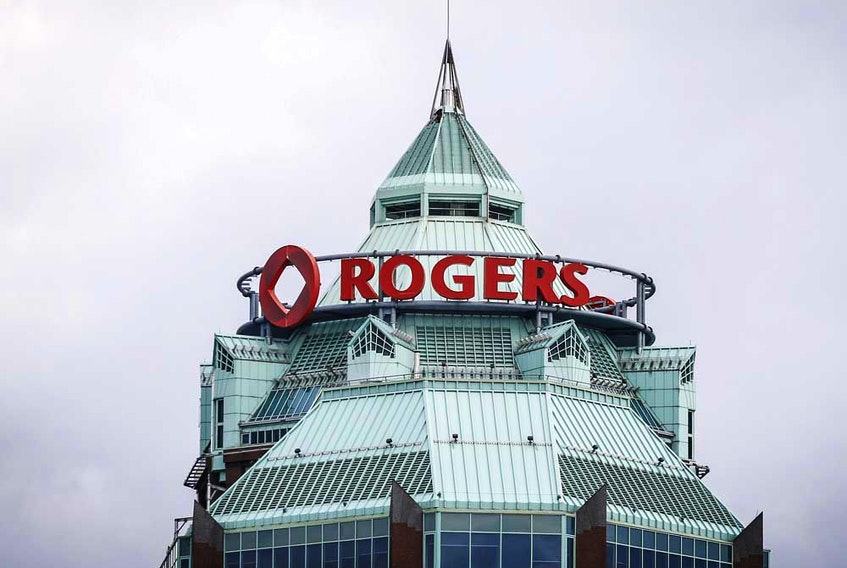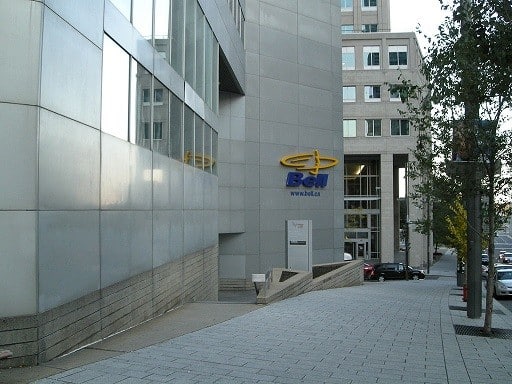
 Shaw Communications (Shaw Communications Stock Quote, Chart, News, Analysts, Financials TSX:SJR.B) may still be trading below its proposed purchase price but investors might not want to stick around much longer, as the merger with Rogers Communications is a done deal, says portfolio manager Teal Linde.
Shaw Communications (Shaw Communications Stock Quote, Chart, News, Analysts, Financials TSX:SJR.B) may still be trading below its proposed purchase price but investors might not want to stick around much longer, as the merger with Rogers Communications is a done deal, says portfolio manager Teal Linde.
“The Shaw deal most likely goes through,” says Linde, manager at Linde Equity Fund, who spoke on BNN Bloomberg on Monday. “There’s sort of been an agreement between the Shaw and Rogers families for many, many years. They’ve had a pretty close relationship and there was always this understanding that one day if Shaw was to sell out Rogers would be the takeover company.”
“I think this is an example where you have a takeover that’s going to occur and that’s most likely going to follow suit. It’s not a hostile bid and so I think it’s already reflected in the share price of Shaw that this acquisitions is occurring,” he said.
First announced in March, the proposed $20.4-billion takeover would see Rogers pay $40.50 per share for Shaw, uniting Canada’s number three and number four telecommunications companies in a big to compete with current frontrunners BCE and Telus.
All the telcos are now spending big on infrastructure and rolling out 5G connectivity across the country, and Rogers and Shaw have said combining their strengths will give them a competitive advantage.
“We’re at a critical inflection point where generational investments are needed to make Canada-wide 5G a reality,” said Rogers President and CEO Joe Natale in a press release. “Fundamentally, this combination of two great companies will create more jobs and investment in Western Canada, connect more people and businesses, deliver best-in-class-services and infrastructure across the nation, and provide increased competition and choice for Canadian consumers and businesses.”
Last month, Shaw shareholders overwhelmingly approved the merger and the deal received approval from the Court of the Queen’s Bench in Alberta. Three significant hurdles remain, however, as Canada’s Competition Bureau, the Ministry of Innovation, Science and Economic Development and the CRTC are all scrutinizing the deal, with closure not expected until early next year.
Shaw’s share price had been relatively flat for a good 12 months prior to news of the proposed merger, trading around $22-24 per share between March, 2020, and March 2021. The stock immediately shot up to $34 on the deal’s announcement and has since drifted up to $35, still significantly under the offered $40.50.
But Linde says investors might want to cash out now rather than wait for any further movement in the stock.
“You could wait until the deal is done or if you’ve got a need for the cash for some other purpose or some other acquisition, I think you could sell,” Linde said.
“I don’t think there’s much more upside on Shaw and there’s no talk of any other companies coming in to offer a higher bid,” he said.
Shaw, which is to present its fiscal third quarter 2021 earnings next Wednesday, beat estimates on its previous quarter, the company’s Q2 released in April. Shaw reported a 34-per-cent year-over-year increase in earnings, up to $0.43 per share, and a 1.8-per-cent increase in revenue to $1.39 billion. Analysts had been expecting earnings of $0.34 per share on a topline of $1.38 billion.
Shaw said it remains on track to meet its guidance for fiscal 2021, which calls for year-over-year adjusted EBITDA growth and free cash flow of about $800 million. Saying that the pandemic’s impact on its Q2 results were “not material,” management nonetheless asserted a note of caution.
“Consumer behaviour impacts remain uncertain and could still change materially, including the potential downward migration of services, acceleration of cord-cutting and reduced ability of customers to pay their bills, all due to the challenging economic situation,” Shaw said in its second quarter press release.
“Shaw Business primarily serves the small and medium sized market, which is also particularly vulnerable to the economic uncertainty in western Canada and COVID-19 related restrictions, including mandated closures, capacity restrictions, self-quarantines or further social distancing requirements,” Shaw said.
Shaw added 82,300 net new wireless subscribers to its Shaw Mobile and Freedom Mobile businesses over the second quarter while dropping 66,030 video, internet and home phone customers.
Earlier this month, Shaw was a no-show at the start of the auction for federal licenses for 5G wireless networks, a move signaling Shaw’s takeover by Rogers.
Industry experts predict that for the deal to go through, Rogers will likely be forced to sell off some of its wireless assets to meet competition requirements in Canada’s already-small pool of wireless competitors.
Shaw shareholders voted last month in favour of the Rogers deal by a 99.8-per-cent majority.
Leave a Reply
You must be logged in to post a comment.





 Share
Share Tweet
Tweet Share
Share




Comment